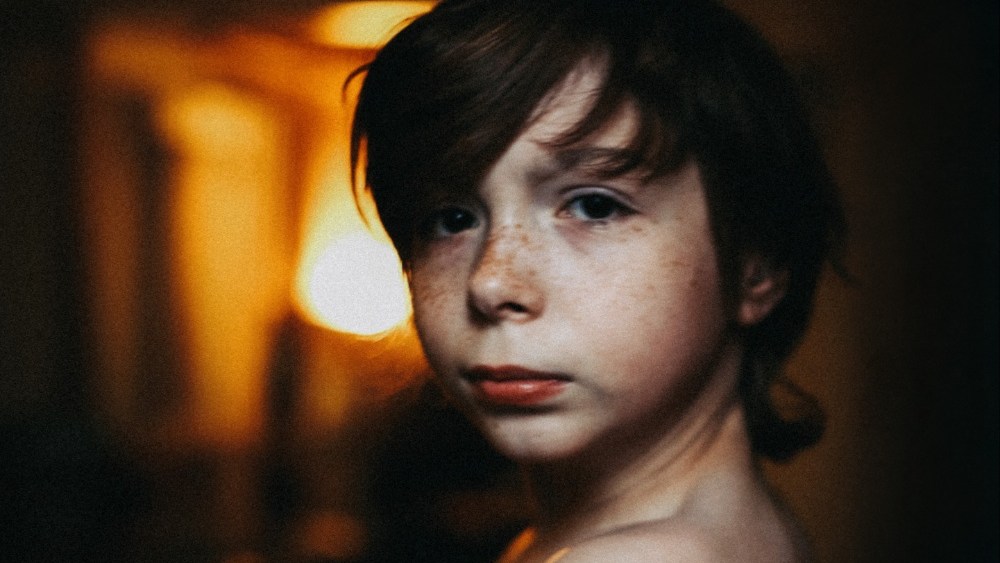Director Monica Stromdhal “Flowhouse america“The US provides a document of a poverty of poverty. Flofwouse is cheap, run-down, where many people are forced to live when they cannot afford better housing. For his feature documentary debut, Stromdhal visited such places in America for many years and then she was miral, which she was, which she was,” Filmmakers “Filmmakers. Waited him to become an adult.
No-frills combines the severity of the directors’ stubborn images on digital photography, making them deeply presented. As the film opens, a case about poverty in the United States, a case about children living with parents, and alcohol shares precious voice, as the numbers shine in a simple white text on a black screen. Then a young man appears in front of a microphone, saying, “I am one of them.”
Filmed at a period of three years at the age of 11, Mikal was shown living in a room with his parents and a cat. They sleep on the bed, while he takes the couch, separates from a bruised curtain. The bathroom doubles as a kitchen, a tub filled with dirty dishes. Stormdahal’s camera catchs the stifting proximity in which the family lives, the frame is always for the encroachment of the walls of the three heroes and the walls of the small space. Even the fur shade by the cat takes a lot of space.
The film makes drama everyday with casual events. Early, there is a lot of disturbance about the possibility of buying new shoes for Mikal. His mother, Tony, keeps talking about the journey to the mall. She promises Mikal that this will occur once when her father, Jason, will return from work. Mikal only responds to monosyllabically, his apathy reflects his suspicion. Unexpectedly, Jason shows late, instead spent drinking alcohol at a time. The camera performs the penis at Mikal, captures its disappointment, while it explains in abundance that the same situation has happened before and will continue to repeat itself.
When Tony and Jason begin a loud battle, insulting each other in front of Mikal, we feel that clustrophobia and Mikal have inability to escape. These arguments are a constant in the film. Mikal, Tony and Jason are vicious, shout at each other and are true on each other. Mikal is failing at school. Tony drinks too much and is black out most of the time. Jason goes to work and tired of joining Tony’s drinking bing. Cigarette smoke fills the small space. None of them can take any step about the other two, which is under stress.
Mikal is concerned with his mother at the center of the film, while Jason is a peripheral figure, an ineffective referee between two warning parties, manages to interact only on temporary trucks. When Mikal stops drinking alcohol from his parents because he can lose his purity, the lens grabbed his pain. He expresses his disappointment to his parents very clearly, discovery beyond his young years.
Strødahl is surprisingly framing, using natural light (using fluorescent motal light bulbs) and static long shots that allow to come out without any interruption. When the tragedy attacks – and how it cannot be – the filmmaker lives prudent and respectfully at some distance. Showing pain, the camera felt tested and infiltrated. When showing sorrow and loss, it opens small, stifting space.
While we never listen to Stromdahl or not, it is once prudent and omnipresent. Some views are so raw, it is difficult to imagine the presence of a camera, give it to another person alone. Some conversations seem forced or false, including those where adults are tried to explain how they fail to fulfill the American dream.
Although the “Flowhaouse America” film festivals may be a tough sales outside the hugging environment, it deserves a very widespread audience. This is an unnatural and sharp realistic picture of a subject that viewers, especially in America, see a lot. It is a film that shows what poverty can bring and it is closely with many people, while most are oblivious for it.



